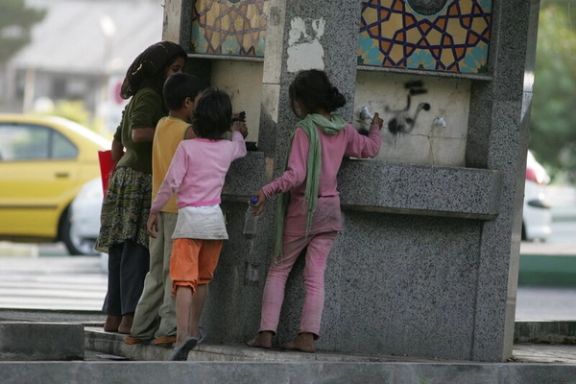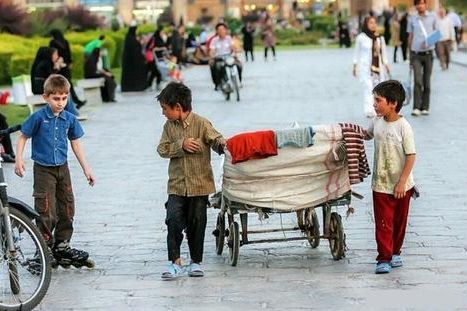Afghan children exploited by Tehran municipality

Behind the manicured veneers of Iran's capital, Tehran, the hidden toil of the unseen workforce remains invisible, the country's Afghan children.

Behind the manicured veneers of Iran's capital, Tehran, the hidden toil of the unseen workforce remains invisible, the country's Afghan children.
The workers, some as young as 13, are being exploited by municipal contractors who prioritize cost-cutting over human dignity, said a report by Khabaronline website.
In neighborhoods across Tehran, the presence of Afghan children laboring in municipal services is a reminder of the city’s reliance on cheap, undocumented labor.
These children, who have fled conflict and instability in their home country, find themselves in a harsh new reality. Employed to clean streets, collect waste, and perform other menial tasks, they are paid a fraction of what Iranian workers earn and often receive their wages sporadically.
Lacking basic identification documents like bank cards, the children are voiceless. They cannot lodge complaints about unpaid wages or unsafe working conditions. Their plight is compounded by their invisibility in official statistics and reports, making them an easy target for exploitation.

Tehran City Council member Nasser Amani warned: “The oversight of municipal contractors is insufficient. I have seen firsthand that contractors employ very young foreign nationals, including children as young as 13 or 14 years old,” Amani stated.
Mohammad Amin Tavakkolizadeh, Tehran Municipality’s Deputy for Social Affairs, announced last year that a new plan would be implemented to remove children from municipal labor. However, this commitment has yet to be realized. Despite assurances, Afghan children continue to work under conditions that defy both legal and ethical standards.
“The promises made about eliminating child labor have not been fulfilled,” Amani said. “Municipal regulations are being flouted, and the children are still being exploited by contractors who are not held accountable.”
Iran's Labor Law prohibits the employment of children under the age of 15. Those aged 15 to 18, classified as "young workers," must undergo regular medical examinations conducted by the Ministry of Labor to be eligible to participate in the workforce.
The plight of Afghan children in Tehran is part of a broader pattern of exploitation involving foreign labor. The children work under dangerous conditions and receive inadequate compensation, often delayed for months. Their situation stands in contrast to Iranian workers, who are frequently deterred from such roles due to insufficient wages and job insecurity.
Amani pointed out: “The lack of regular and adequate payments, along with the absence of proper insurance, has led to a situation where Iranian workers are unwilling to take up such jobs. This reliance on cheap, undocumented labor perpetuates the cycle of exploitation.”

“Municipal officials currently say that urban service workers are paid between 120 to 130 million rials (about $200) per month, but we have checked and found that this is not the case. Some urban service workers and especially children receive between 40 to 60 million rials (70 to $100), or at most 70 million rials (115$),” added Amani.
The situation comes at a time when estimates suggest up to 10,000 Afghans enter Iran daily. This influx has pushed the Afghan population in the country to around 10 million, constituting more than 10% of Iran's total population.
The growing presence of Afghans has sparked a backlash from Iranians, many voicing concerns about the economic and social impact of accommodating such a large number of migrants, particularly as Iran grapples with its own economic crisis, declining public services, and rising unemployment.